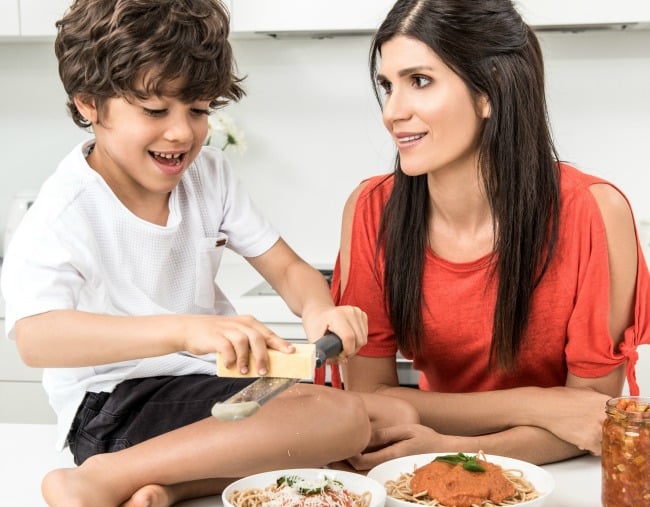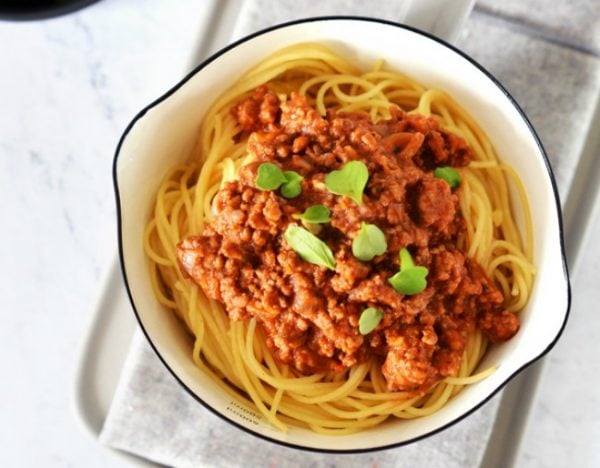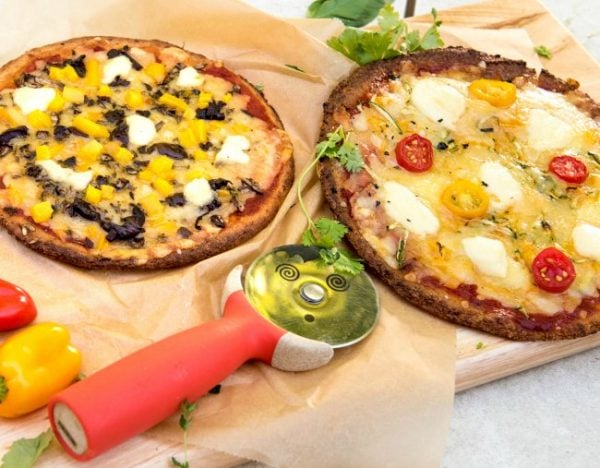
Prepping two meals every evening – one for the adults and another for kids – is a real hassle and a habit that’s best avoided at all costs… for many reasons.
It’s not uncommon for parents to enjoy a nutrient dense meal, jam-packed with vegetables, flavour and good quality protein, while the kiddies’ meal consists of pasta and cheese or chicken nuggets. Sticking to the same repetitive kiddies meals and limiting the foods that we serve our children, often means we may be depriving them of essential nutrients. Kids deserve quality, and a varied, balanced diet, which is so important for their overall development. This is something that I’m passionate about and that I discuss in depth in my book.
But, it’s no surprise that kids’ meals often differ from their parents. I see it all the time talking to parents in my workshops; over half of all toddlers falling into the category of ‘fussy eaters’, many parents assume that their child won’t be open to trying certain flavours or textures. For example, white bread, rice and pasta are often popular choices for young children because they’re among the few things they will eat and it’s so much easier than going to battle over food every day. However, in the long term, only feeding them these foods doesn’t make for a healthy diet.




Top Comments
I don't believe in giving them a choice. "Here is what we are eating. Have some if you are hungry."
‘You can’t leave the table until you eat it’ or ‘eat it or you go without’ and a raised voice or a threat of a smack (then a smack if need be) are foolproof methods of getting kids to eat what’s put in front of them. Too many parents cave in or don’t give their kids a variety of food in the first couple of years, then wonder why their children are fussy eaters. It’s all common sense.
I would rather cook my fussy child a meal I know she is going to eat than resort to violence and potentially causing eating disorders down the track. Most kids go through a fussy stage and most grow out of it without a smack to 'help' them.
Agreed, I cannot believe the article. You either it or you go hungry. It is as simple as that. A child who is a fussy eater will have that validated if their parents are bending over backwards to accommodate them and encourage it. It is spoiled behaviour and I cannot believe people think a separate meal for children (unless for allergies etc) is actually a good thing to do. Parents need to *parent*. Not cater to the child. That is rewarding bad behaviour. They either eat it, or they go hungry. Full stop. It is as simple as that. Parents no longer parent these days and articles shouldn't encourage this.